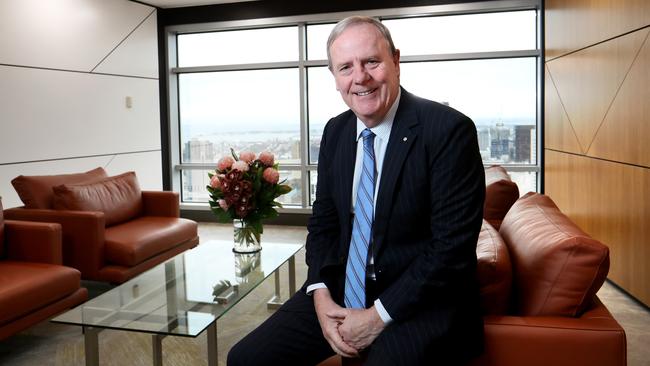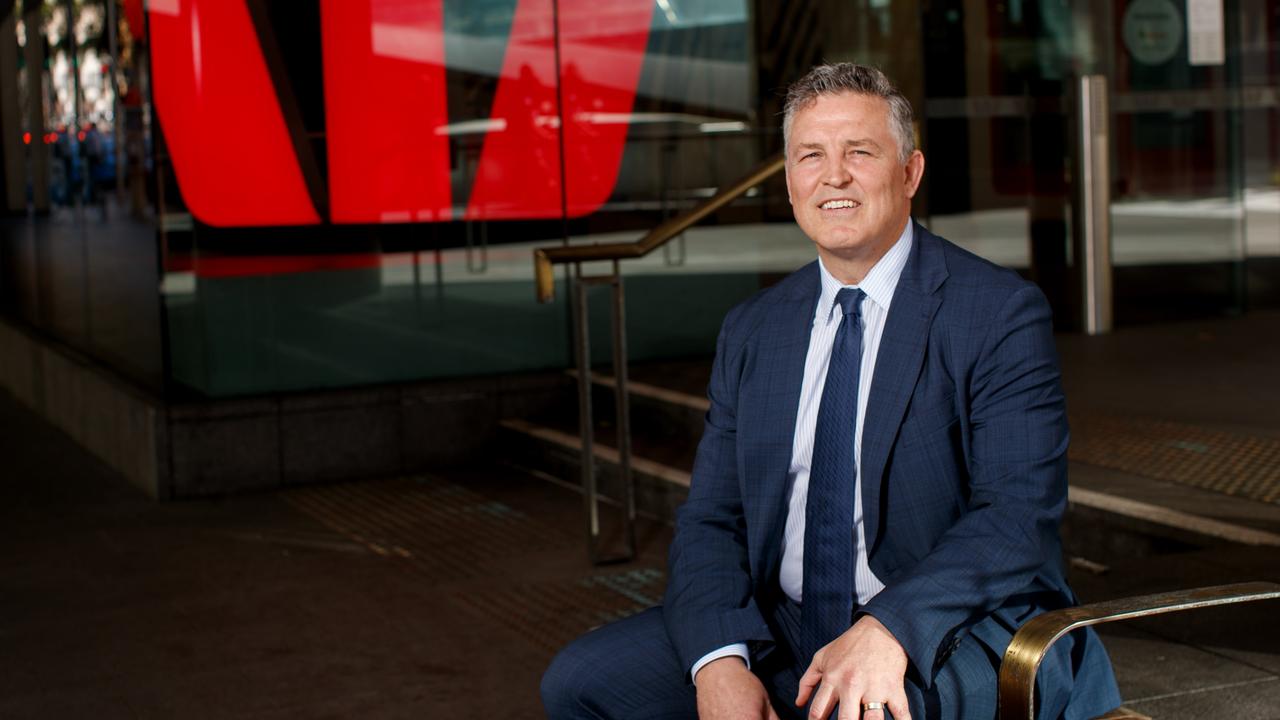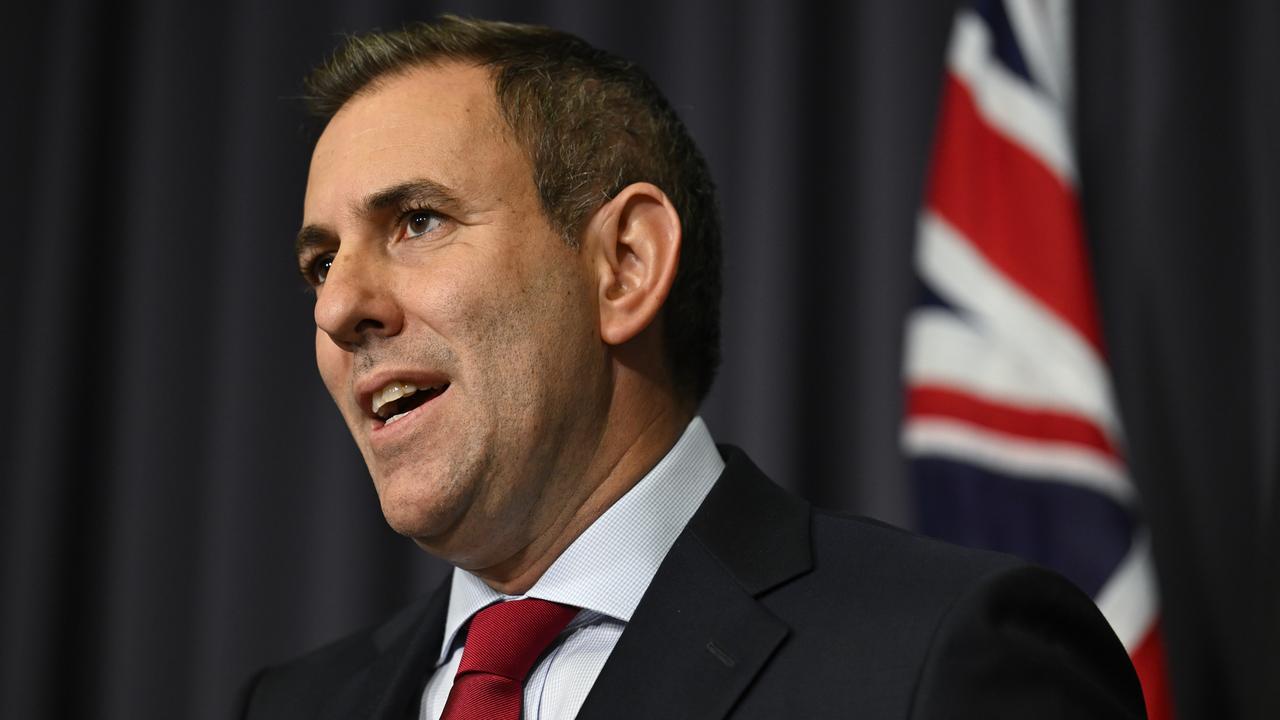Future Fund return fell to 1.2% in September quarter
Future Fund chair Peter Costello says the dividend from economies reopening after Covid-19 lockdowns is beginning to ‘fade’.

Future Fund chair Peter Costello has said the dividend from economies reopening after Covid-19 lockdowns is beginning to “fade”, as the fund nudged up against the $200bn mark at the end of September.
After an exceptional 22 per cent return in the 2021 financial year, the Future Fund returned 1.2 per cent for the September quarter.
“The global economic recovery has continued although the dividend from reopening is beginning to fade,” Mr Costello said.
“While supply chain disruptions are a headwind, global economic activity is supported by strong consumer demand and the continuation of supportive fiscal and monetary policy settings.
“In Australia the lockdown in NSW and Victoria during the September quarter is likely to have detracted from growth and Australia is lagging other developed economies in Covid recovery.”
The fund delivered a 10-year return of 10.5 per cent against a target of 6.1 per cent.
From July 1, 2017, the fund’s investment mandate target return was reduced from the annual inflation rate plus 4.5-5.5 per cent to inflation plus 4-5 per cent over the long term, with an “acceptable but not excessive” level of risk.
Investment returns have added over $138bn to the $60.5bn originally contributed by the government after the fund was set up in 2006.
Last September, the Future Fund published a paper called The New Investment Order, which identified a series of paradigm shifts reshaping investment management and driving changes in portfolio allocations.
They included “deglobalisation”, or the re-emergence of barriers to the free movement of goods and services, populism such as greater state intervention and controls, demographic shifts and climate change.
Mr Costello also included fiscal-monetary co-ordination – the erosion of institutional independence after the global financial crisis, leading to measures such as quantitative easing, yield curve controls and other forms of central bank intervention in government funding markets to support fiscal spending.
The pandemic accelerated the trend.
Future Fund chief executive Raphael Arndt had already adjusted the portfolio to reflect the new investment order, with a big erosion of the cash position funding a deeper plunge into local and global equities as well as private equity.
The private equity allocation expanded to 17.5 per cent of the fund worth $34.5bn, from 15.2 per cent worth $24.4bn in 2020.
The share held in Australian equities at June 30 was 8.5 per cent, or $16.8bn, up from 6.8 per cent a year ago, while equities in developed and emerging markets also lifted.
Meanwhile, the cash allocation fell from 17 per cent a year ago to 13.2 per cent.
Total funds under management in the Future Fund and other funds in the group at the end of September stood at $248bn.
Mr Costello said in a statement on Monday that global uncertainty due to inflation, the adjustment of fiscal and monetary policy and geopolitical tensions remained.
Despite some weakening in markets during September, asset prices remained elevated.
“Given this environment the board has taken a prudent approach to positioning the portfolio with risk levels at a neutral setting around the middle of the range we would normally expect,” the chairman said.
As a result, the Future Fund’s cash hoard lifted from $25.9bn, or 13.2 per cent of the fund at the end of the June financial year, to $29.8bn, or 15 per cent of the fund, at the end of the September quarter.
Dr Arndt said listed equity markets fell in September, while the fund’s exposure to infrastructure increased with the financial close of investments in Telstra’s network of mobile tower sites and Tilt Renewables’ Australian portfolio through the Powering Australian Renewables partnership.
The fund continued to position itself and the investment program for the long-term.
“Covid-19 has accelerated and catalysed changes in the investment environment, including in the way households, businesses and markets operate and how countries and economies interact,” Dr Arndt said.
“We are working hard to incorporate our assessment of these paradigm shifts into our decision-making over the long-term.”





To join the conversation, please log in. Don't have an account? Register
Join the conversation, you are commenting as Logout